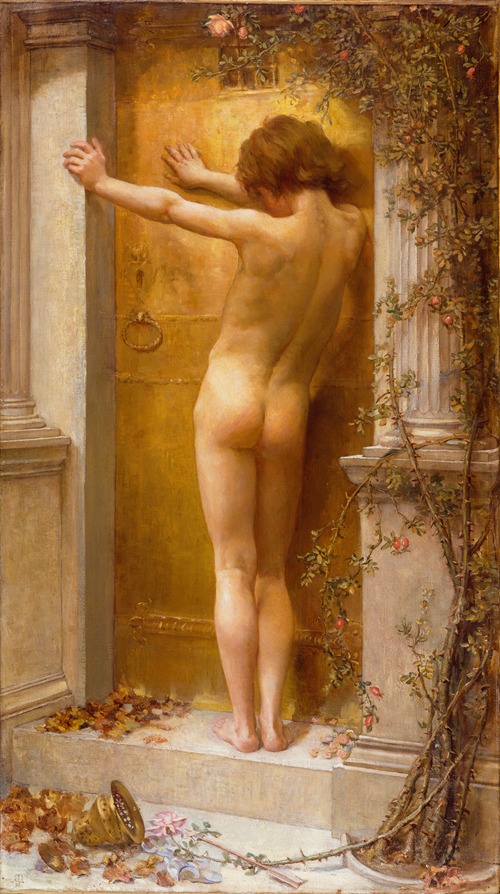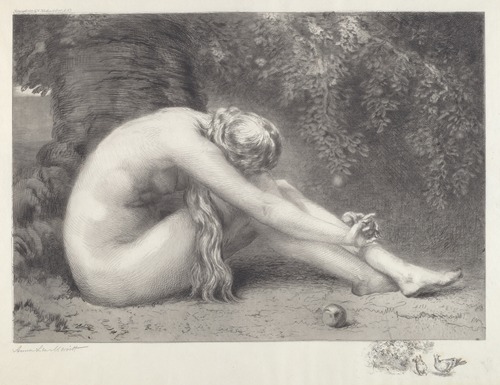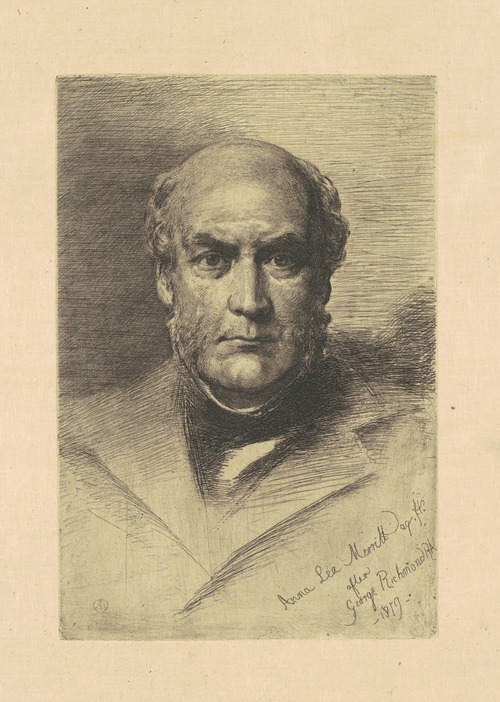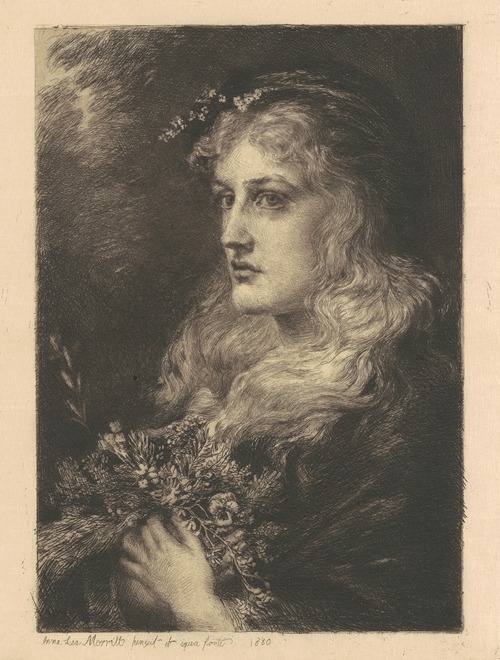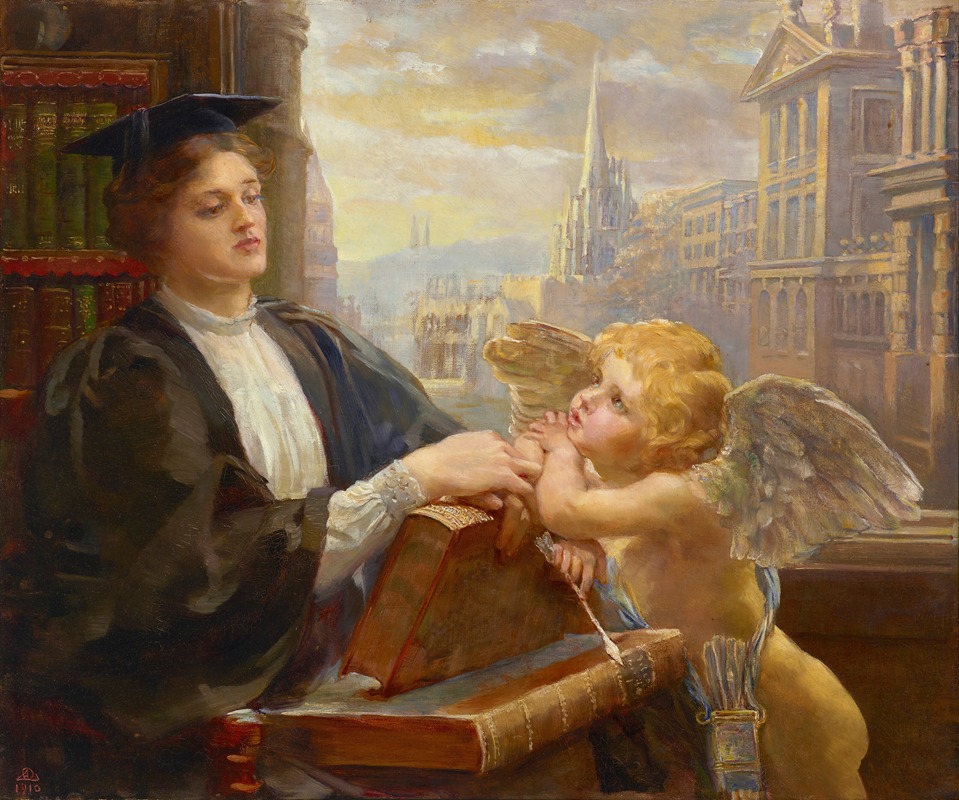
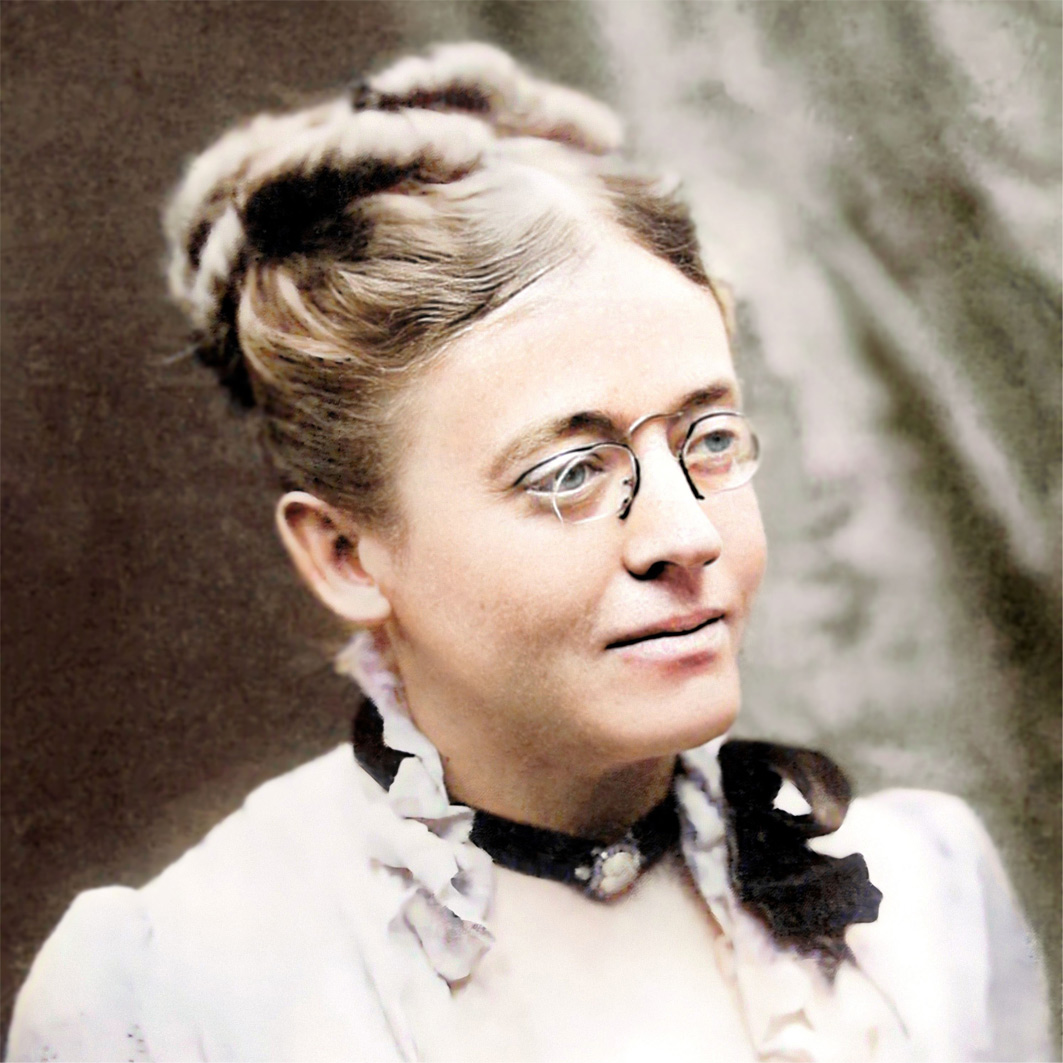
Anna Massey Lea Merritt was an American artist from Philadelphia who lived and worked in Great Britain for most of her life. A printmaker and painter of portraits, landscapes, and religious scenes, Merritt's art was influenced by the Pre-Raphaelites. Merritt was a professional artist for most of her adult life, "living by her brush" before her brief marriage to Henry Merritt and after his death.
Anna Massey Lea was born in 1844 in Philadelphia, Pennsylvania, the daughter of an affluent Quaker couple, Joseph Lea and Susanna Massey, and the eldest of six sisters. She studied anatomy at the Woman's Medical College of Pennsylvania. In 1865, the family moved to Europe, where she took art lessons from Stefano Ussi, Heinrich Hoffman, Léon Cogniet and Alphonse Legros. They moved to London in 1870 to escape the Franco-Prussian War, and in 1871 she met Henry Merritt (1822–1877), a noted art critic and picture conservator, who would become her tutor and later, her husband. They married April 17, 1877 but he died July 10 the same year. She had no children and did not marry again.
Merritt spent the rest of her life in England, settling at 95 Cheyne Walk, Chelsea, (next door to where James McNeill Whistler once lived and painted his Whistler's Mother painting) though with frequent trips to the United States, with exhibitions and awards in both countries, becoming a celebrated artist. She exhibited her work at the Palace of Fine Arts and The Woman's Building at the 1893 World's Columbian Exposition in Chicago, Illinois.
In 1894–95 she painted the walls of St Martin's Church, Blackheath village, using a new technique of painting on dry plaster using silicone-based paints to counter the effects of damp. The paintings are of scenes from the life of Christ.
Anna was both an artist and a writer, one of her known pseudonyms which she used as a writer in 'The Century Magazine' and 'Lippincott's Magazine' was called 'An exile'.
She died in England on April 5, 1930, in Hurstbourne Tarrant, Hampshire.

